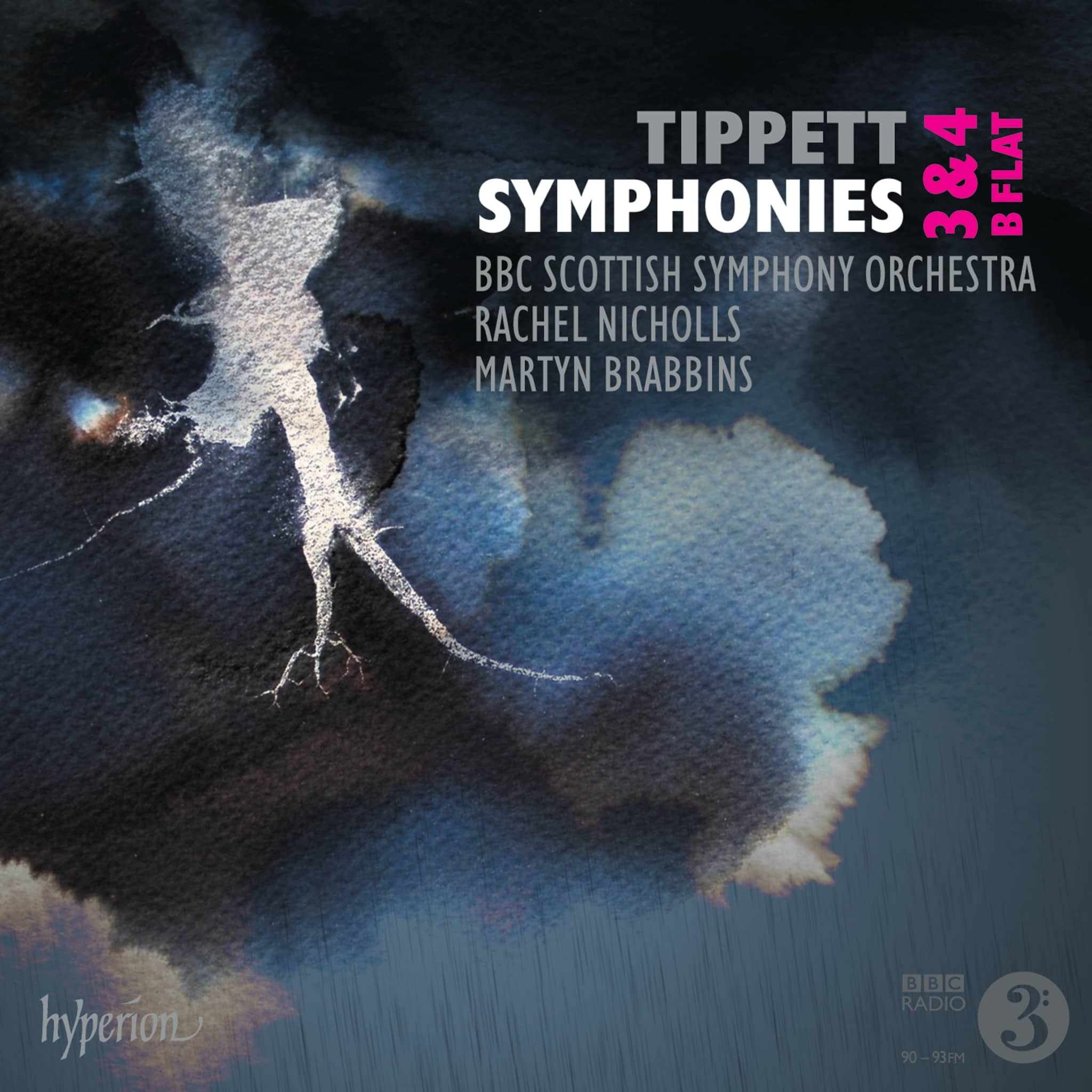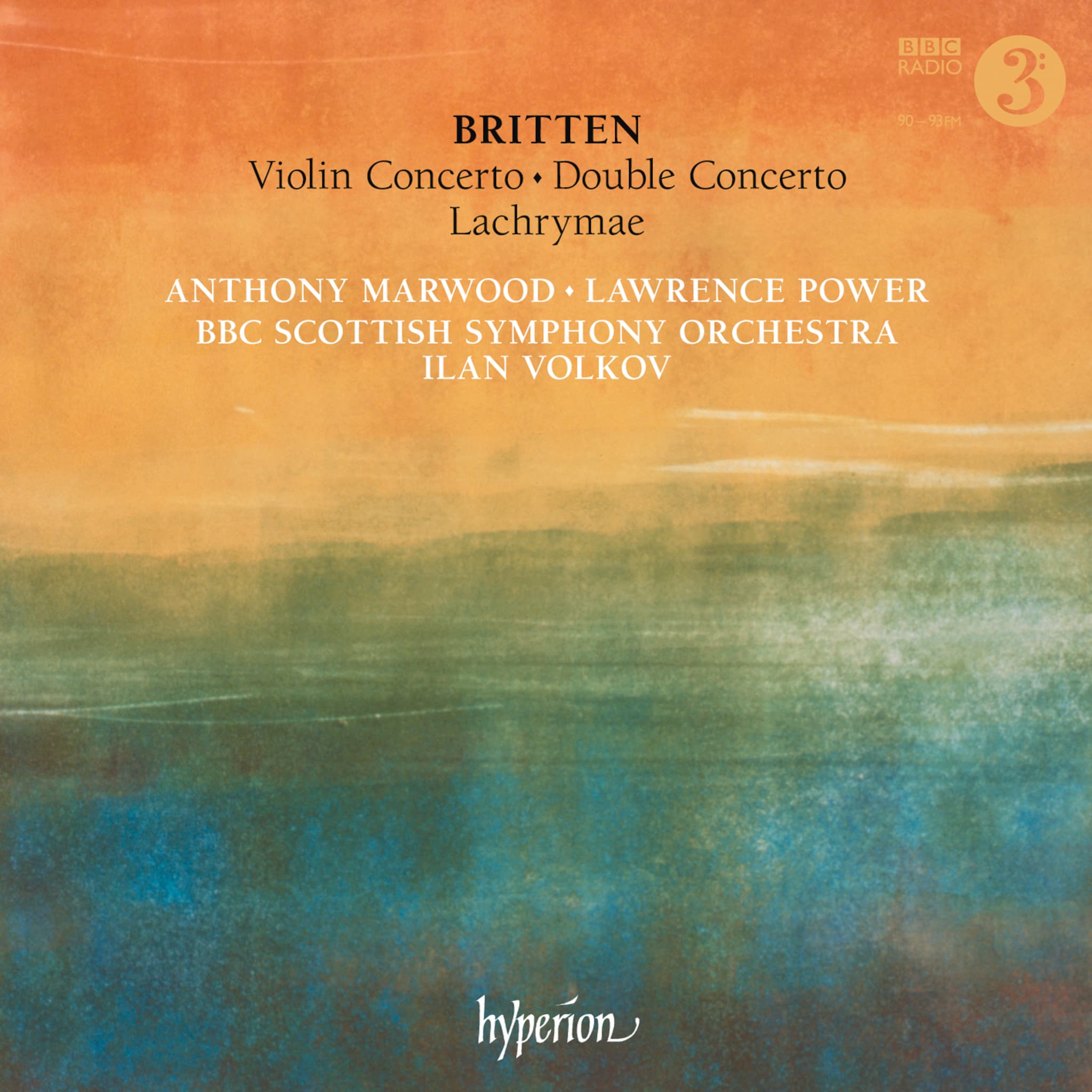Album insights
Max Reger, despite his premature death at the age of forty-three due to excessive consumption of alcohol, tobacco, and food, left behind an impressive body of work spanning nearly all musical genres, excluding opera and ballet. His catalog includes 147 compositions, with notable pieces like Der Einsiedler and Requiem, labeled as his final works (both as op. 144). Reger faced fluctuations in inspiration, leading to varied quality in his music, contributing to a decline in his reputation posthumously, particularly outside Germany. Unfavorable comparisons with more popular composers like Mahler and Strauss, along with allegations of pedantry and backwardness from the musical elite, hindered his recognition and performances abroad.
Reger's compositions for keyboard instruments, such as the Bach and Mozart variations for piano, organ chorale preludes, and sacred choral works like Geistliche Gesänge, have been widely acclaimed. Critics note Reger's strong influences from Bach and Brahms, intertwined with potential Wagnerian elements in his harmonic language. His complex relationship with religion, wavering between Catholic and Protestant faith, also plays a significant role in assessing his work. While Reger's music drew inspiration from literature and visual arts, his program music, songs, and secular partsongs have been relatively overlooked.
This album aims to restore balance by shedding light on a neglected aspect of Reger's work and highlighting literary influences. Like his peers Mahler, Strauss, Wolf, and Zemlinsky, Reger drew deeply on German Romantic poetry. The recorded pieces are settings of poems by the same poets favored by his contemporaries, showcasing Reger's sensitivity and intuitive grasp, debunking accusations of academicism in his choral music.
"The Hermit" from 1915, setting a poem by Joseph von Eichendorff, echoes late-Romantic sentiments aligned with works by Schumann, Mendelssohn, and others. Music connects with Wagner's Tristan und Isolde, reflecting the protagonist's longing through harmonic nuances, especially notable in piano arrangements. The choir and solobaritone express themes of solace and night, amplified by chromatic harmonies and textural subtleties.
Reger's diverse creations in various choral settings explore harmonic complexities, often diverging from traditional norms. Through his Opus 6 and other pieces, the composer weaves intricate details, balancing tonal shifts and melodic progression with thematic depth. The Opus 111b for a four-part women's chorus delves into varied styles, blending homophonic textures and chromatic harmonies to evoke a range of emotions.
Palm Sunday Morning and the concluding Requiem unveil Reger's engagement with religious themes, despite their secular origins. The former, set to a poem by Emanuel von Geibel, captures a jubilant chromatic ascent and fugal ingenuity. The latter, based on Friedrich Hebbel's poem, portrays death's bleak reality, shunning traditional notions of solace. Reger's compositions embody a profound exploration of existential and spiritual realms, underscoring his enduring legacy in classical music.
By Michael Downes © 2010
Translated by ChatGPT









